Nationality French | Name Jean Dufy | |
 | ||
Known for Painting, drawing, design, printmaking Died May 12, 1964, Boussay, Indre-et-Loire, France | ||
Jean dufy
Jean Dufy (March 12, 1888 – May 12, 1964) was a French painter of Parisian society, country scenes, circuses, horse races, stages, and orchestras. His work was featured in both gallery and museum exhibitions throughout his career.
Contents
- Jean dufy
- Jean Dufy Ackermans Fine Art
- Early life and education
- Early career
- World War I
- Commercial career
- Artistic influences
- Death
- Public collections
- Exhibition history
- Gallery representation
- References
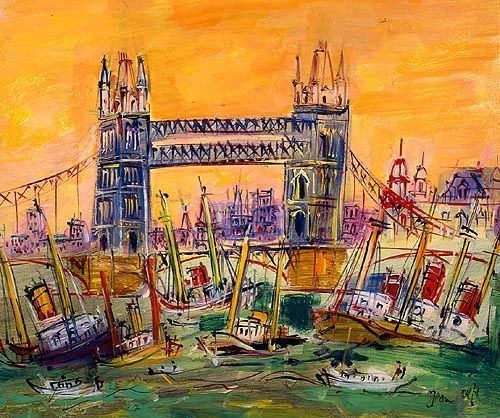
Jean Dufy | Ackerman's Fine Art
Early life and education
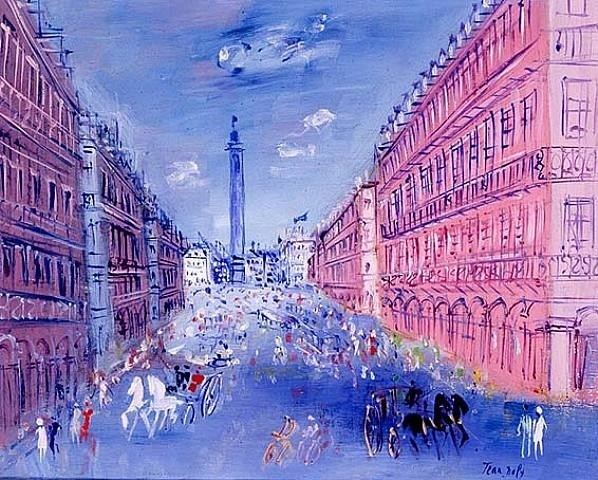
Jean Dufy was born in Le Havre, France on March 12, 1888 into a large family. His older brother was the well-known painter Raoul Dufy, who became a mentor throughout Jean’s career. Jean Dufy had received formal education at the École Primaire Supérieure du Havre.
Early career
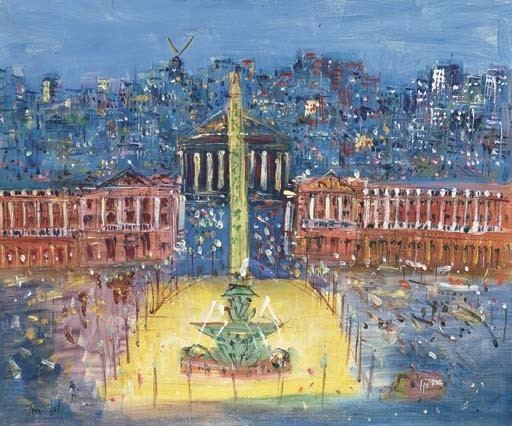
Upon completing his schooling at age 16, Dufy took a job as an itinerant clerk with a French overseas import company, and later as a secretary on the transatlantic liner La Savole which traveled between Le Havre and New York City.
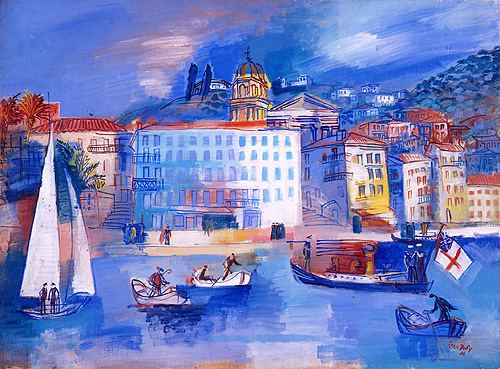
In 1906 Dufy visited an exhibition put on by the "Cercle de l’Art Moderne" in Le Havre, where he discovered the work of Picasso, Derain, with whom become friends years later, and Matisse, whose painture Fenêtre ouverte à Coilloureaurged him to decide to pursue a career as a painter. In January 1914 his watercolors were presented at the Galerie Berthe Weill.
World War I
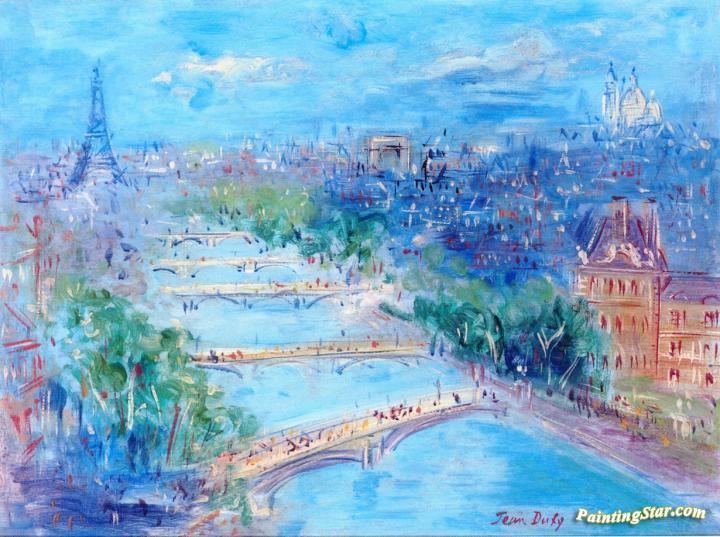
Shortly after his first exhibition, Dufy was drafted into World War I as a horse soldier. After serving in the military for two years, in 1912 the young artist moved to Paris and settle in Montmartre to participate in the Parisian art scene.
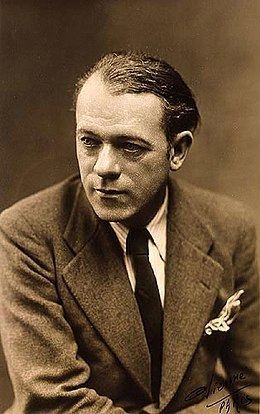
"There was no question of showing the watercolors and the paintings that I had put away in portfolios. I had painted flowers, circuses, seascapes, the family garden, still lifes... I painted with Marquet, Raoul, and Friesz, who were beginning their difficult experience in Paris. They were very kind to me, and I was included in their discussions about painting, where I listened open-mouthed but carefully to everything they said. My vocation received precious support at that time..."
Commercial career
Returning from the war, Jean Dufy worked briefly with his brother for a textile studio of the Bianchini-Ferier company in Lyon. He then embarked on what would become thirty years of decorating porcelain for Theodore Haviland in Limoges. During those decades the artist developed flower and animal designs for the manufacturer and received the Gold Medal at L’exposition Internationale des Arts Décoratifs for designing the service "Châteaux de France".
In 1920 he returned to Paris and settled in the artist quarter Montmartre, next door to Georges Braque. Braque, a friend of his brother Raoul Dufy, encouraged him to experiment with the Cubist style. Another of Raoul's friends, Othon Friesz, exposed him to the Fauve movement. He also spent time there with Picasso, Apollinaire, and Derain, among others.
Dufy initially exhibited his work in the Salon d’Automne of 1923. He subsequently exhibited at that Salon in 1924, 1927, and 1932. This Salon took place annually at the Grand Palais des Champs-Elysées.
Artistic influences
After settling in Montmartre, Dufy participated in many exhibitions which reflected the music and art of Parisian culture after the war. In 1920 the comedy Le Boeuf sur le Toit introduced Dufy to the great French musicians of the era, and the 1925 La Revue Negre. A cabaret show performed in Paris in the Théâtre des Champs-Elysées, featuring the newly popular jazz music brought to France by American soldiers at the end of World War I, also lead to the union of color and music in Dufy’s paintings. During the same period, Dufy also created colorful paintings of circuses and clowns, as well as Parisian street scenes including horse-drawn carriages, the gates of Paris, the Eiffel Tower, and the bridges of the Seine.
Death
Two months after the death of his wife, Jean Dufy died on May 12, 1964 in La Boissiere in the village of Boussay.
